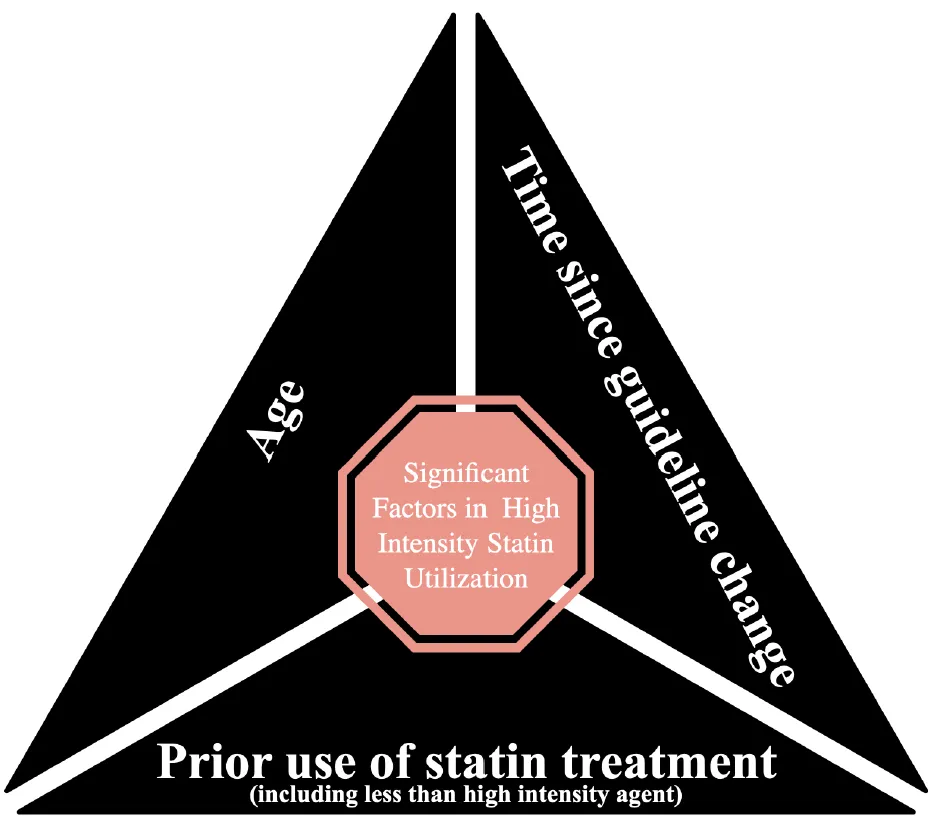Found 768 results
Open Access
Commentary
05 December 2024Improving Postmortem Dental Profiling: The Integration of Intraoral Scanners in Dental Autopsies
Forensic odontology plays a crucial role in human identification, particularly in cases where traditional identification methods face challenges such as severe trauma, decomposition, skeletonization, or carbonization. The evolution of digital dentistry has significantly advanced dental autopsies, particularly through the use of intraoral scanners (IOSs). These devices provide a non-invasive and efficient method for capturing detailed impressions of dentition and photographic images of teeth. The benefits of intraoral scanning in analyzing human remains in forensic odontology are endless. Digital impressions can be easily stored, shared, and transmitted electronically, eliminating the need for physical storage or transportation of dental models. This technology also enables remote postmortem dental profiling. By combining digital models with antemortem dental records, forensic odontologists can more efficiently identify matches and discrepancies, with the added benefit of future advancements in artificial intelligence(AI). Intraoral scanning should be considered a routine process in all dental autopsies to improve postmortem dental data collection and archive. Forensic odontologists should be equipped with a portable X-ray device, a digital sensor, and an IOS.
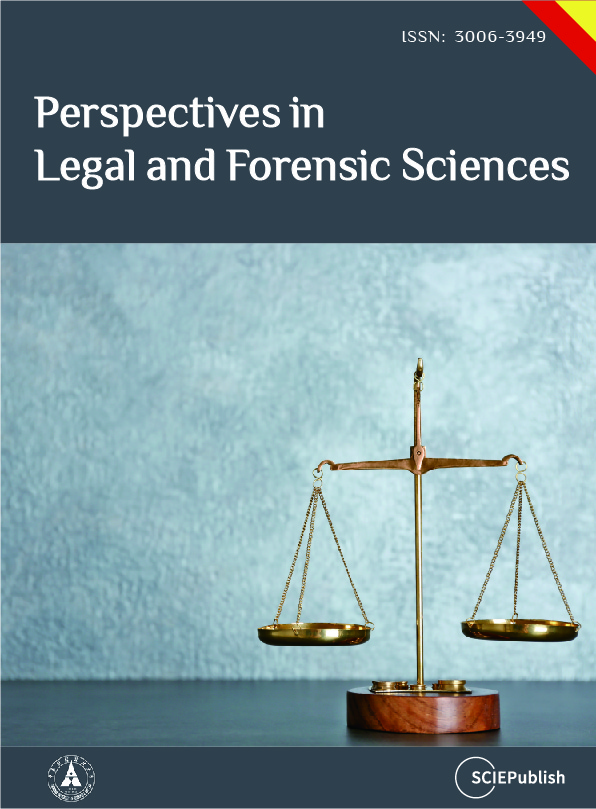
Open Access
Meeting Report
04 December 2024Progress and Gaps in Respiratory Disease Research and Treatment: Highlights of the IRM 2024 in Shanghai
Respiratory diseases pose a major public health challenge globally, necessitating collaborative efforts between basic researchers and clinicians for effective solutions. China, which is heavily impacted by a broad spectrum of respiratory disorders, has made notable strides in both research and clinical management of these diseases. The International Respiratory Medicine (IRM) meeting was organized with the primary goal of facilitating the exchange of recent research developments and promoting collaboration between Chinese and American scientists in both basic and clinical research fields. This article summarizes key insights from IRM2024, held in Shanghai, where a wide range of topics were discussed, including lung tissue development, disease mechanisms, and innovative therapeutic strategies. By integrating perspectives from basic, translational, and clinical research, IRM2024 highlighted recent advancements, addressed persistent challenges, and explored future directions in respiratory science and clinical practice. The insights gained from IRM2024 are poised to be pivotal in shaping future research and therapeutic approaches, further reinforcing the global commitment to enhancing respiratory health and improving patient outcomes.
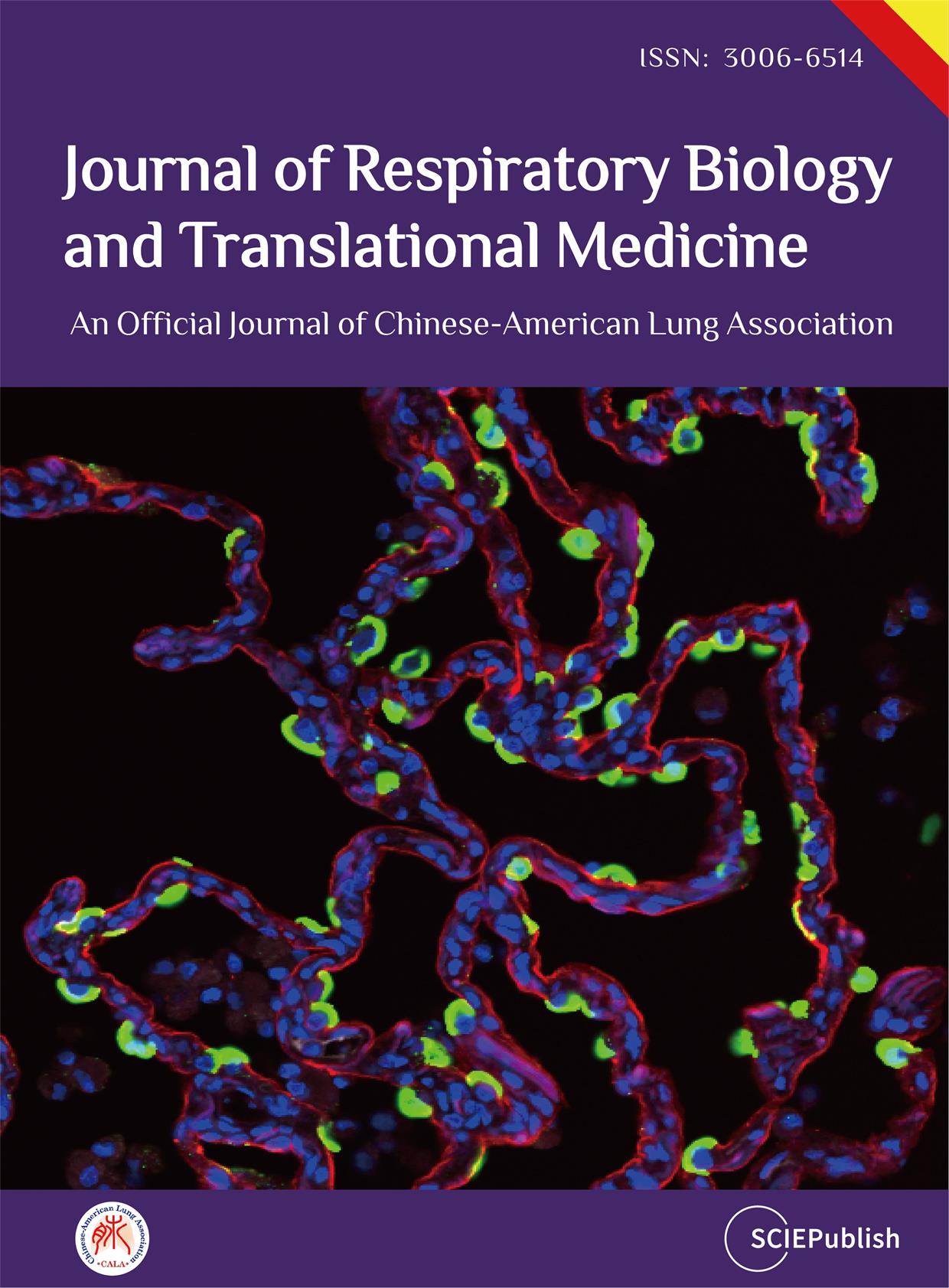
Open Access
Article
03 December 2024Pathway Engineering of E. coli for Production of Fritschiellaxanthin and Other Carotenoids with α-Carotene Backbone and Their Singlet Oxygen-Quenching Activities
Some photosynthetic organisms are capable of biosynthesizing carotenoids (xanthophylls) with α-carotene backbone, that is, α-carotene-derived carotenoids, such as (3R,3′R,6′R)-3,3′-dihydroxy α-carotene (lutein). Except for lutein, such carotenoids are minor compounds in nature. In this study, α-carotene-derived carotenoids were produced with E. coli. To achieve this, carotenoid biosynthesis genes from the bacterium Pantoea ananatis containing the 4-β-ketolase (crtW) gene with/without the 3-β-hydroxylase (crtZ) gene, in addition to crtEBI genes, and biosynthesis genes (MpLCYb, MpLCYe, and MpCYP97C) from liverwort Marchantia polymorpha, along with the HpIDI gene, were cloned into plasmids. The transformed E. coli cells biosynthesized (3S,3′R,6′R)-3,3′-dihydroxy-4-keto-α-carotene (fritschiellaxanthin (4-ketolutein)), (3′R,6′R)-3′-hydroxy-4-keto-α-carotene (4-keto-α-cryptoxanthin), and (3′R,6′R)-3′-hydroxy-α-carotene (α-cryptoxanthin), as carotenoids that have not been produced by a heterologous microbial system so far. These carotenoids show potent singlet oxygen-quenching activity.
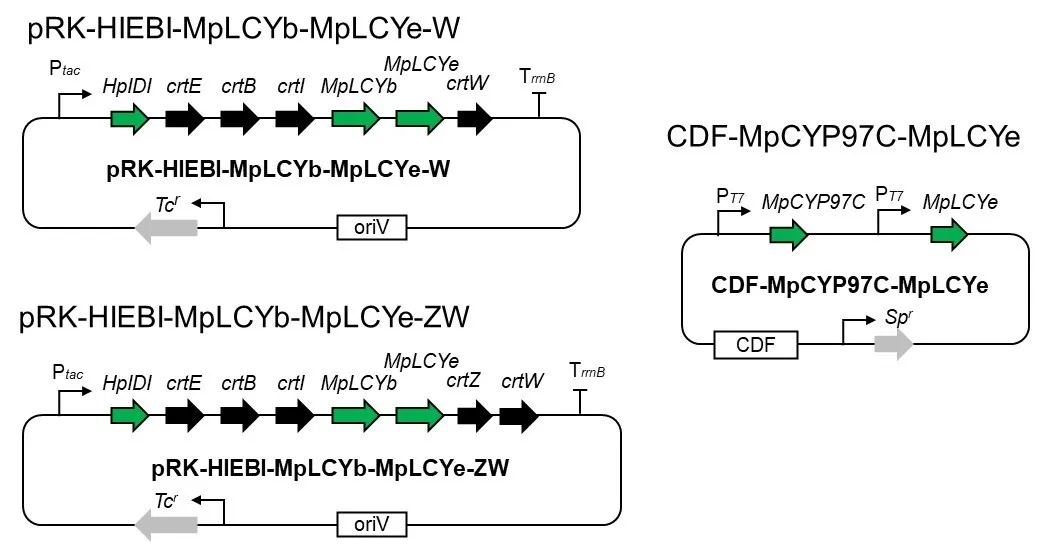
Open Access
Review
02 December 2024The Interplay of Heart Failure and Lung Disease: Clinical Correlations, Mechanisms, and Therapeutic Implications
Heart failure (HF) is a common clinical syndrome marked by reduced cardiac output, elevated intracardiac pressures, and heart dysfunction. Chronic HF (CHF) is a syndrome characterized by a lack of blood flow and impaired pumping ability to the heart over time, while acute HF (AHF) arises suddenly due to incidents like myocardial infarction or cardiac arrest. HF has a significant impact on pulmonary health and function, leading to conditions such as pulmonary edema and restrictive lung patterns. Clinical evidence highlights the bidirectional relationship between HF and lung dysfunction. Declining lung function serves as a predictor for HF progression and severity, while HF contributes to worsening lung health. Animal models that induce HF through surgical methods further demonstrate the connection between heart and lung pathology. The main mechanisms linking HF and lung dysfunction are pressure overload and chronic systemic inflammation, with changes in the extracellular matrix (ECM) also playing a role. Additionally, environmental factors like air pollution exacerbate lung inflammation, increasing the risk of both HF and chronic obstructive pulmonary disease (COPD) incidence. Combined treatment approaches involving pharmaceutical drugs such as statins, Angiotensin-converting enzyme (ACE) inhibitors, and Angiotensin receptor blockers (ARBs) may benefit by reducing inflammation. This review will explore the complex interplay between HF and lung function, emphasizing their interconnected pathophysiology and potential integrated treatment strategies.
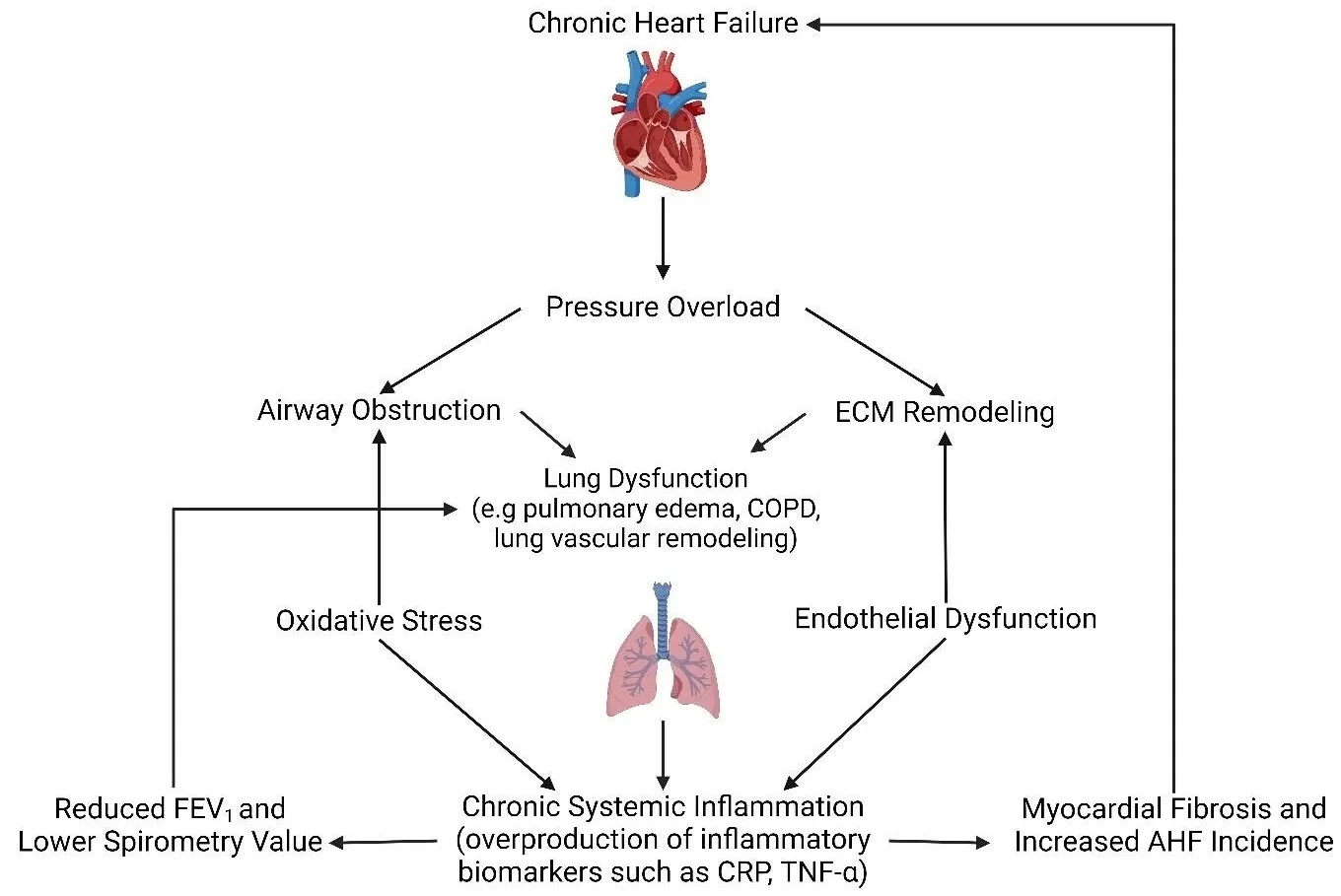
Open Access
Article
28 November 2024Correlations of System Degradation, Losses and Significant Parameters for 49 MW Large Scale Solar Plant with Real Site Data Validations
A smooth transition towards a clean and sustainable environment will heavily rely on the continuous increase of renewable energy (RE) integration. Malaysian authorities have set targets to increase the RE capacity to 31% by the end of 2025 and achieve 40% by 2035, specifically through the power generation plan. Solar PV systems have been widely used, from industries to residential homes, because Malaysia receives a high irradiation potential of up to 5000 Wh/year. The increase in the potential of solar PV usage has allowed solar companies to provide this system regardless of its complexity and system size. However, a drop in efficiency due to system parameters within the photovoltaic (PV) system is evident over time. This study aims to analyze the relationship between solar PV system parameters and their energy performance, particularly in a tropical climate region, for a large-scale solar (LSS) plant. This project was undertaken with two objectives: First, it is to develop an optimum solar PV system by adhering to and implementing GCPV standards in Malaysia. Stage 1 will primarily focus on managing and manipulating various PV system parameters to ensure the optimum energy yield received from the plant. The system parameters analyzed are tilt angle, module technology and its effect on different temperatures, the effect of the optimizer, sizing and thermal loss. Stage 2 will then incorporate the industry data of the LSS plant by creating a Pearson’s Correlation model on how energy yield is correlated against real time system parameter values obtained. An optimum tilt angle of 10°, monocrystalline module and inclusion of optimizer increases the overall energy production from 88,986 MWh/year to 89,782 MWh/year and performance ratio (PR) from 78.9% to 79.8%. The outcome of this study demonstrates the significant parameters of the PV system to maximize the energy output to the grid. This will further support the government’s plan to reduce GHG emissions by 45% through the use of renewable energy, with the aim of producing up to 2.5 GW from LSS systems by 2030.
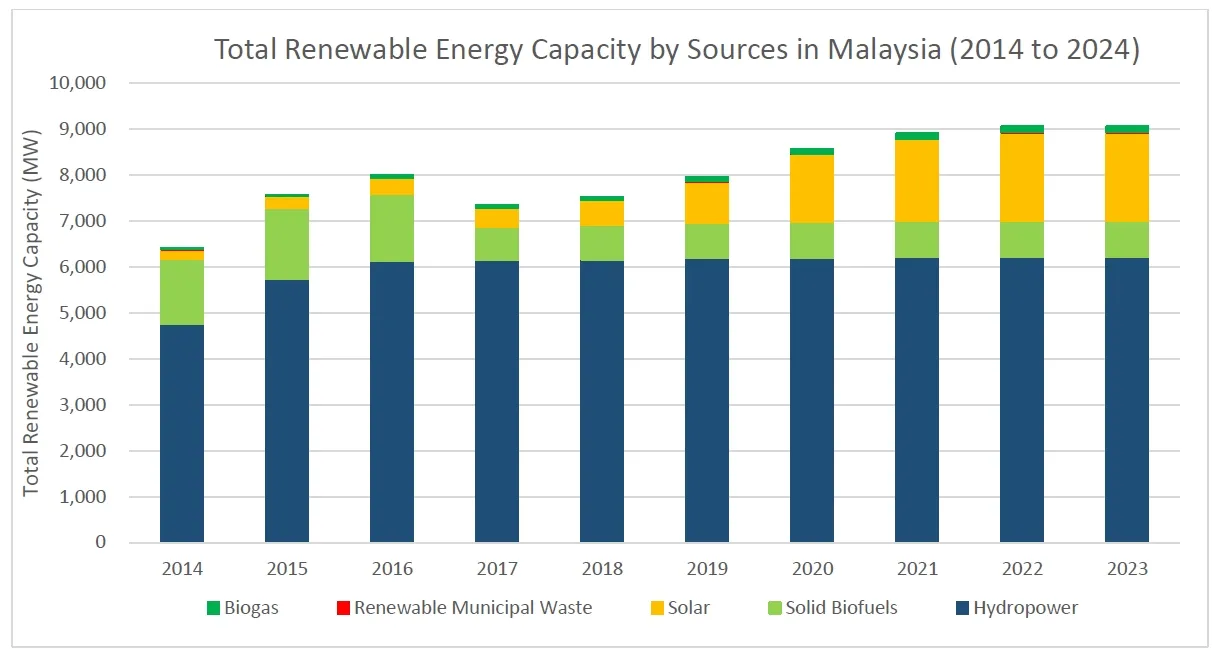
Open Access
Article
28 November 2024A Review of the Energy Policy in Greece in the Last 50 Years and Its Implications for Prosperity
This paper elucidates the development of electricity production and distribution in Greece from the 1950s to date, in correlation with national and European energy policy. During this period, Greece experienced a multifaceted energy transition, including both the transition of ownership of energy generation companies from public to private and a transition from an energy mix in which coal (lignite) served as a major and inexpensive resource to a mix in which wind power, solar power and natural gas gained a primary role, but with high costs for energy generation. The correlation between electrical energy consumption and economic growth is explored in this context, revealing an increase in consumption before the 2009 recession and a decline thereafter. The study investigates the correlation between escalating electricity prices and legislative dependencies that mandated the purchase of wind- and solar-generated electricity at exorbitant rates, the closure of cost-effective lignite units, and the reliance on natural gas—a commodity susceptible to geopolitical shifts. It also shows that, given the structure of the Greek energy mix, the increase in the share of wind and solar energy in the mix is directly related to the increase in the price of electricity. Highlighting the importance of energy costs for prosperity, this paper underscores, through the detailed review of the Greek energy “landscape”, that the major determinants of electricity prices are both the accessibility to natural resources but also their proper and judicious management.

Open Access
Article
28 November 2024Forensic Dental Age Estimation: Reliability Rating Compared to Clavicula
This study aimed to investigate the age determination in forensic expert opinions at the Institute of Forensic Medicine (Mainz) over the last ten years and to determine the reliability rate of wisdom teeth in comparison to the clavicle. A total of 112 expert opinions were prepared between 2011 and 2021, following the guidelines established by the Working Group for Forensic Age Diagnostics (AGFAD). Five indicators were studied: clavicle development coded according to Wittschieber et al. using computed tomography and wisdom tooth development 18, 28, 38 and 48 coded according to Demirjian’s staging method in a dental panoramic radiograph. Following an ordinary least square regression analysis performed separately for each of the five indicators, it was possible to investigate whether the addition of more than one of the indicators would lead to a more predictive value for the age determination. The combination of the clavicle and tooth 48 showed the best value. Adding tooth 38, which showed the second-best prediction in the bivariate analyses, led to an increase of the explained variance of 11% to a total of 58% explained variance (p < 0.001). The addition of further wisdom teeth did not show any relevant effect. For the clinical performance of dental age diagnostics, the teeth of the mandible, in combination with the clavicle, should be primarily used.
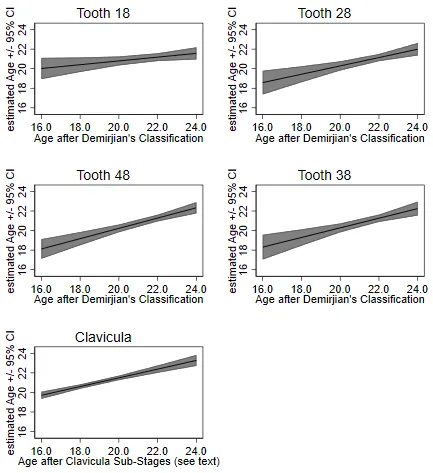
Open Access
Article
27 November 2024Photocatalytic CO2 Fixation into Formate under Visible Light by the Photo-Enzyme Hybrid of Gold Nanocapsules and Formate Dehydrogenase
The photo-enzyme hybrid system presents a promising approach for the selective conversion of CO2 into valuable chemicals. However, its high dependence on the expensive coenzyme nicotinamide adenine dinucleotide reduced form (NADH), coupled with the need for external electron mediators and highly active photocatalysts, limits its widespread application. Here, we developed a gold nanocapsule—formate dehydrogenase (FDH) hybrid system for in situ NADH regeneration to facilitate the light-driven conversion of CO2 to formate. The results demonstrated that gold nanocapsules (Au NCPs), in conjunction with triethanolamine (TEOA), protected 83.67% of NADH from photodegradation. Under light-driven conditions with TEOA as the electron donor and without external electron mediators, the Au NCPs catalyzed in situ NADH regeneration, achieving a regeneration yield of 22.65%. This process aided FDH in reducing CO2 to formate, resulting in a production rate of 67.40 µmol/L/h. This research provides valuable insights for developing photo-enzyme hybrid systems that efficiently convert CO2 without the need for external electron mediators.
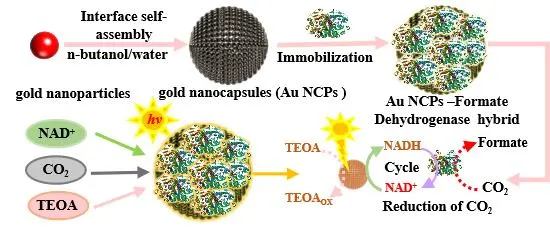
Open Access
Article
26 November 2024Identification of Cutting Workpiece Surface Defects Based on an Improved Single Shot Multibox Detector
In the mechanical cutting process, the surface defects of the workpiece are an important indicator of cutting quality and also reflect the condition of both the machine tool and the cutting tool. Effective detection of defects on the surface of the workpiece plays an important role in adjusting the processing conditions promptly, reducing losses, improving the utilization rate of the workpiece, and maintaining the normal operation of the equipment. To address the challenge of detecting surface defects on workpieces, an inspection method based on an improved Single Shot Multibox Detector (SSD) model is proposed. The method simplifies the detection model and reduces the computation by proposing a DH-MobileNet network instead of a VGG16 network in the SSD structure. The inverse residual structure is also used for position prediction, and null convolution is used instead of a down-sampling operation to avoid information loss. A scanning electron microscope was used to obtain the surface image of the workpiece. A dataset of workpiece surface defects was constructed and expanded, then used to train and test the model for detecting three common types of high-frequency defects: peel-off, chip adhesion, and scratches. The effect was compared with YOLO, Faster R-CNN, and the original SSD model. The detection results show that the method can detect the defects on the surface of the workpiece more accurately and quickly, which provides a new idea for defect detection in real industrial scenarios.
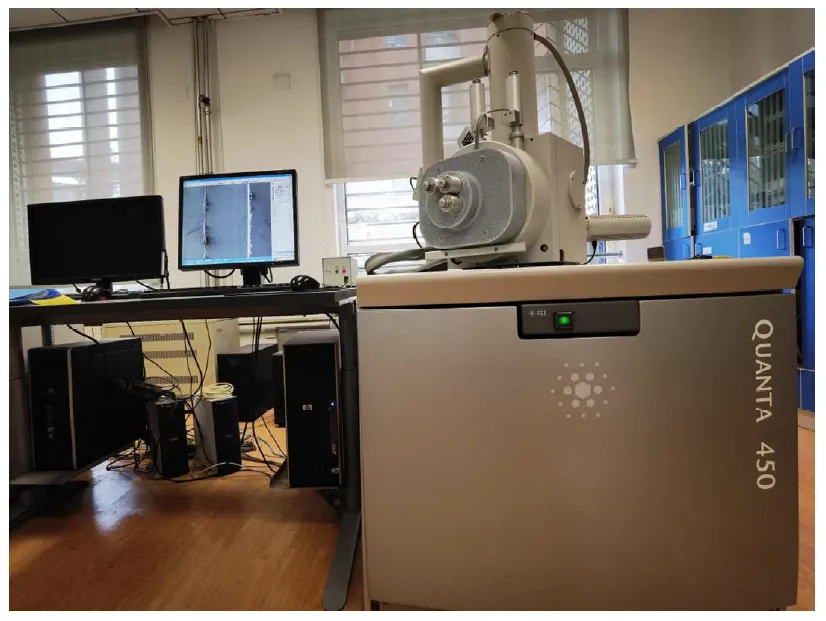
Open Access
Article
26 November 2024Utilization of High Intensity Statins in Patients Hospitalized for Myocardial Infarction
High intensity statin (HIS) therapy decreases LDL cholesterol and risk of recurrent cardiovascular events after acute myocardial infarction (MI). Recognizing the therapeutic significance of HIS, the ACC/AHA cholesterol treatment guidelines have recommended HIS for all patients following acute MI since 2013.The authors sought to define factors that result in continued underutilization and limited adherence to HIS among individuals post MI. This is a retrospective observational analysis of patients who had a diagnosis of MI between 2013 and 2018 at a single, large academic medical center. There was a significant increase in HIS prescriptions upon discharge after MI following, versus prior to 2013. Within the first year of guideline change (2013–2014), only 35.3% of patients with MI were discharged on a HIS compared to 80.1% in 2018. There was no significant difference between race or gender regarding HIS utilization. However, older age predicted a lower likelihood of being appropriately discharged on HIS. The use of statin therapy prior to hospitalization decreased the probability of being appropriately up titrated to HIS on discharge. Strikingly, HIS use was associated with a reduction in the 30-day readmission rate (4.7% versus 6.8%). Increased age was associated with lower rates of HIS use, which could stem from prior statin exposure uncovering titrational statin intolerance prior to the index event, a process that would be much less likely in younger patients, who tend to be statin naive. Although HIS have historically been underutilized in Blacks, this was not observed in the current study. Individuals discharged on HIS had lower readmission rates; while confounding factors separate from a pure treatment effect of HIS attenuating readmission rate may be represented, this remains a key finding underscoring the benefits of statin therapy in lowering societal burden of cardiovascular disease and associated costs.
